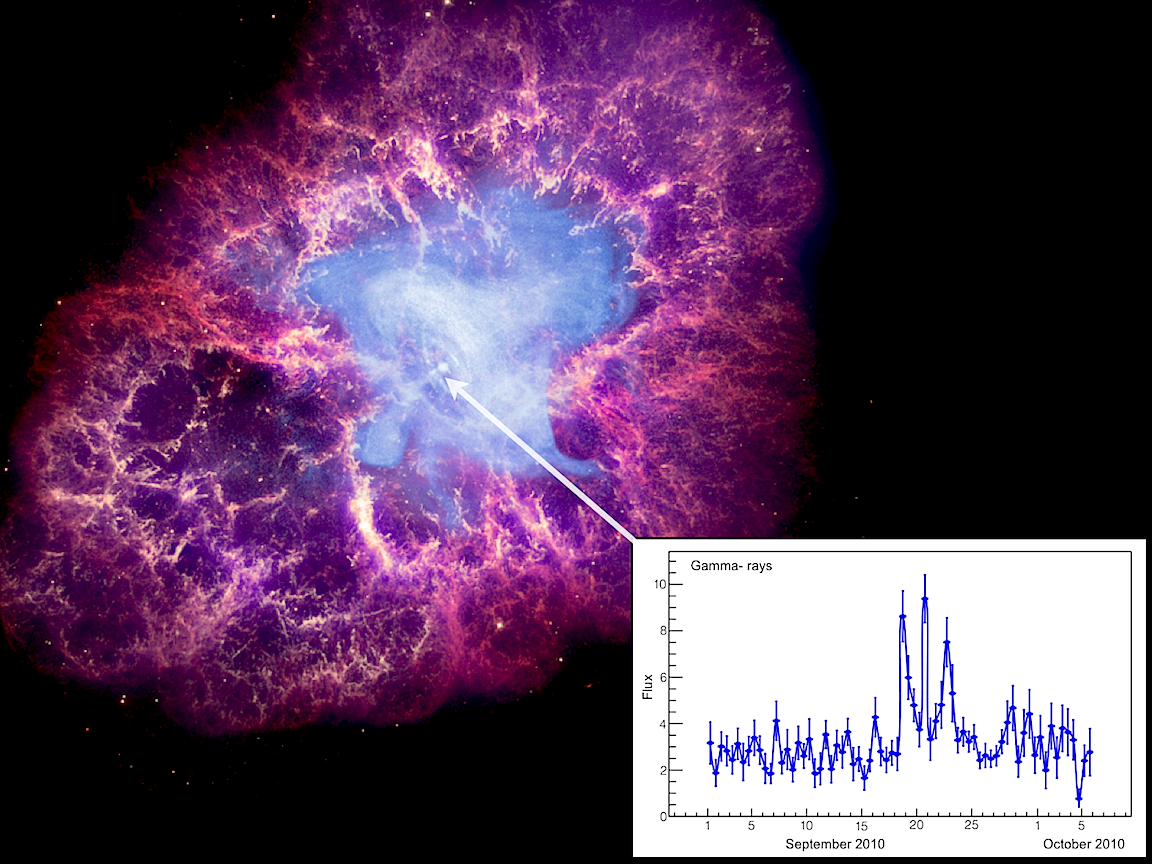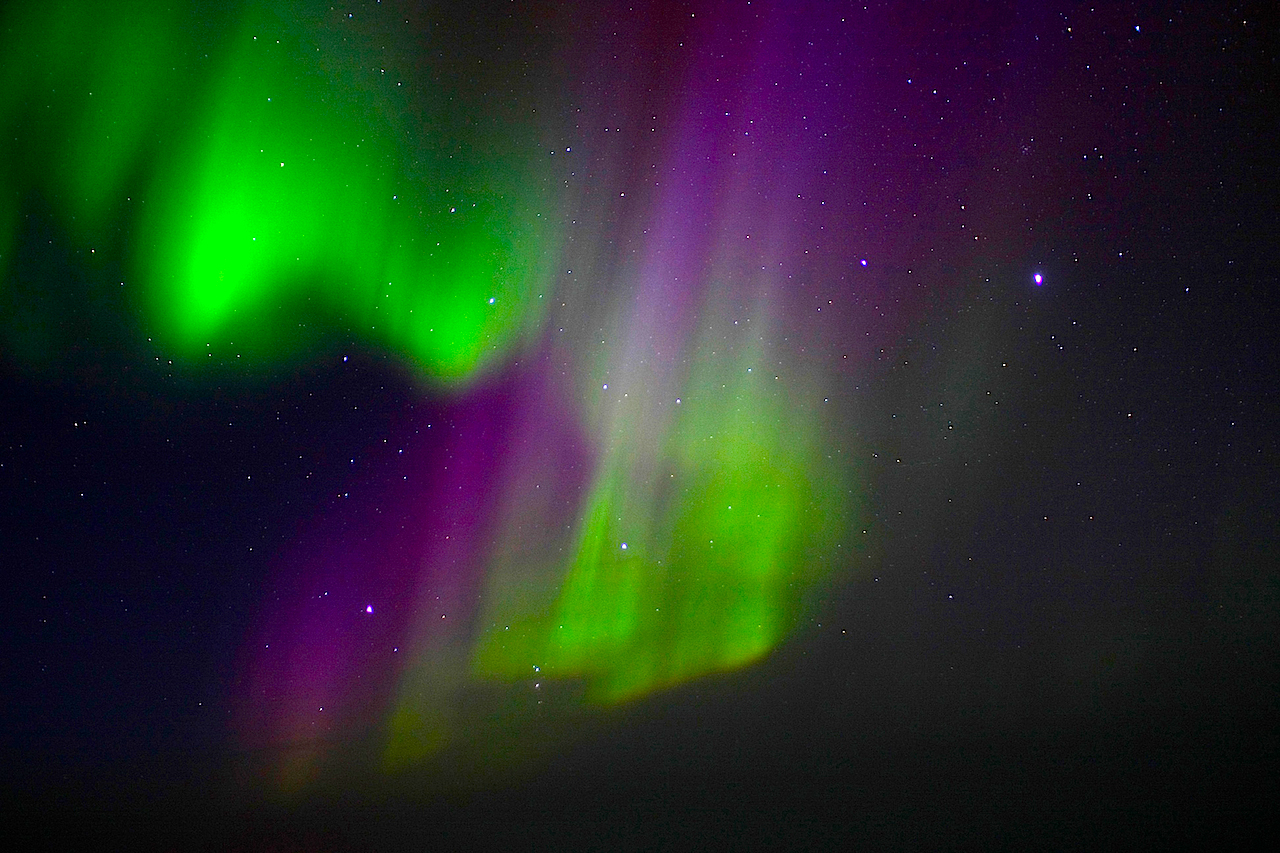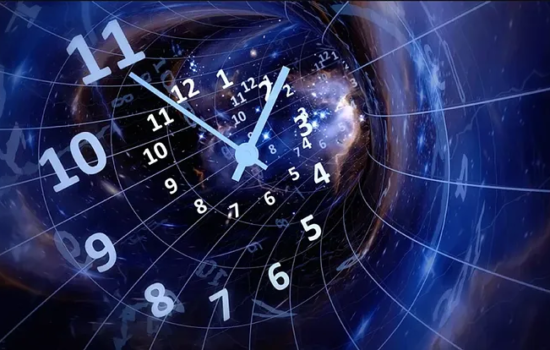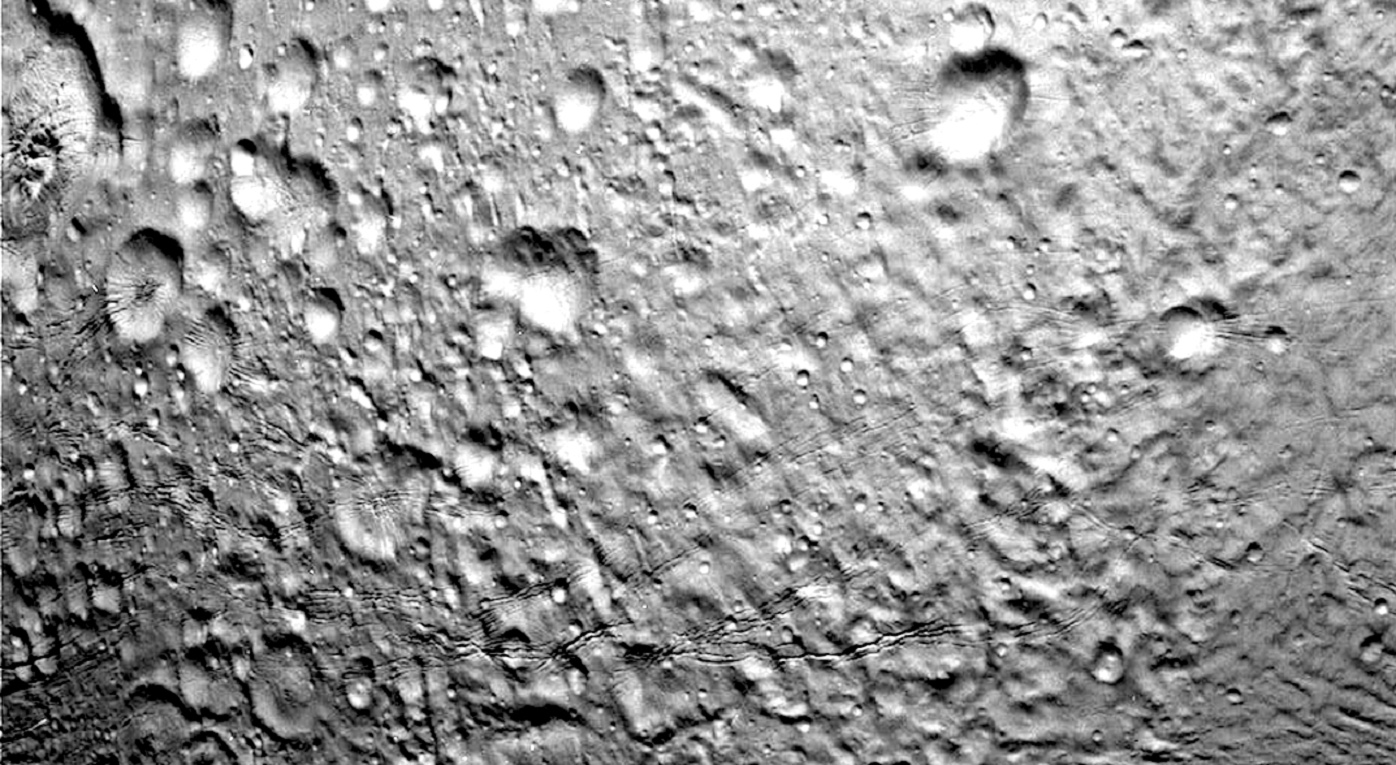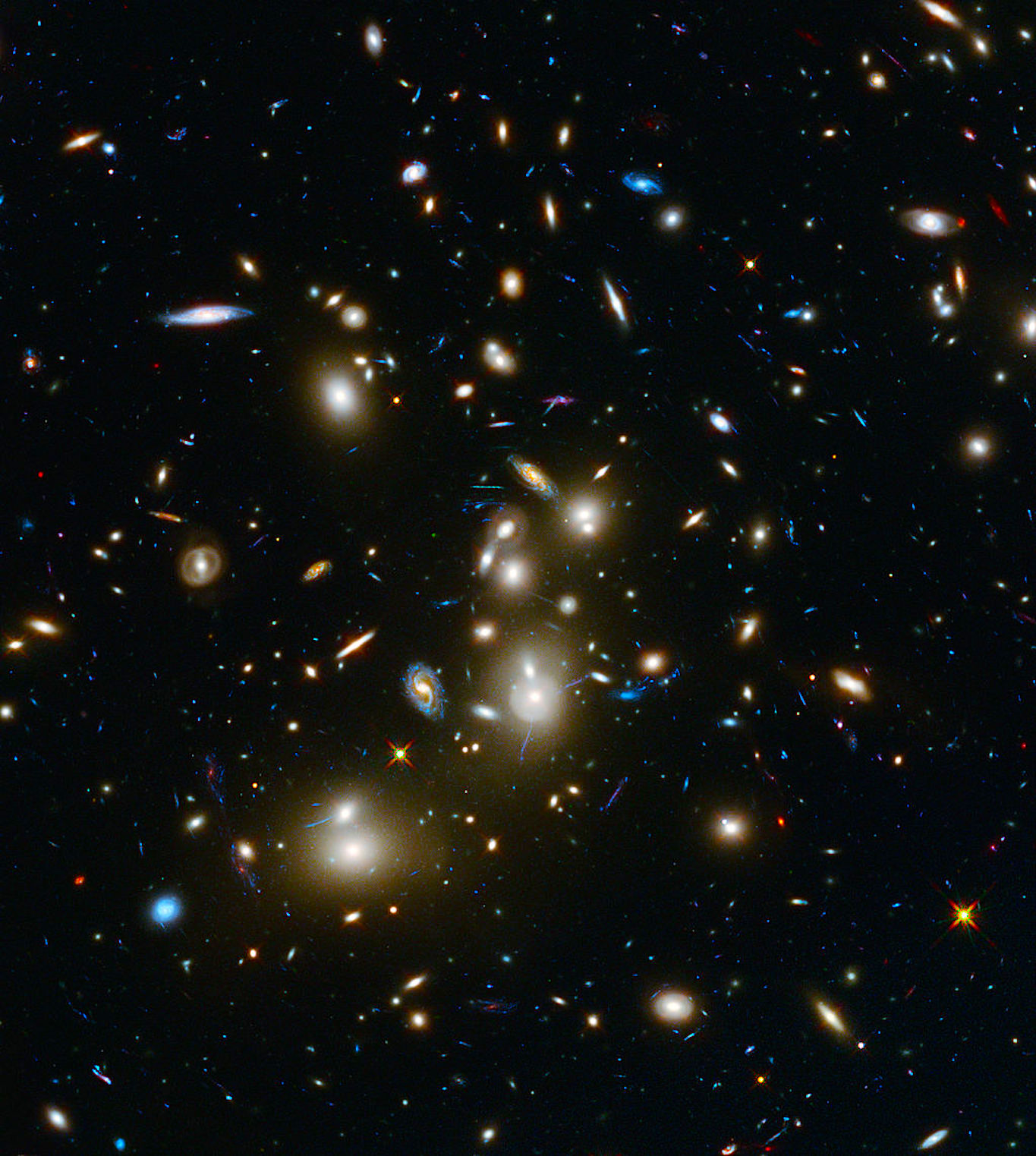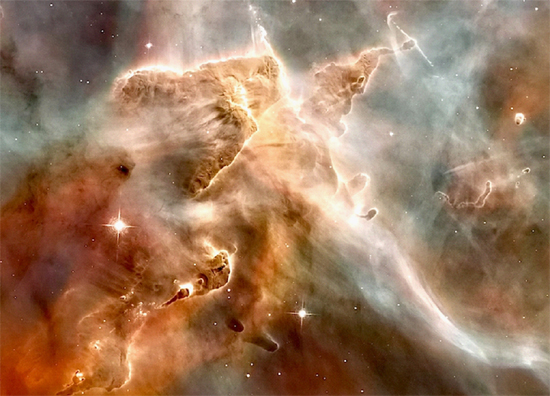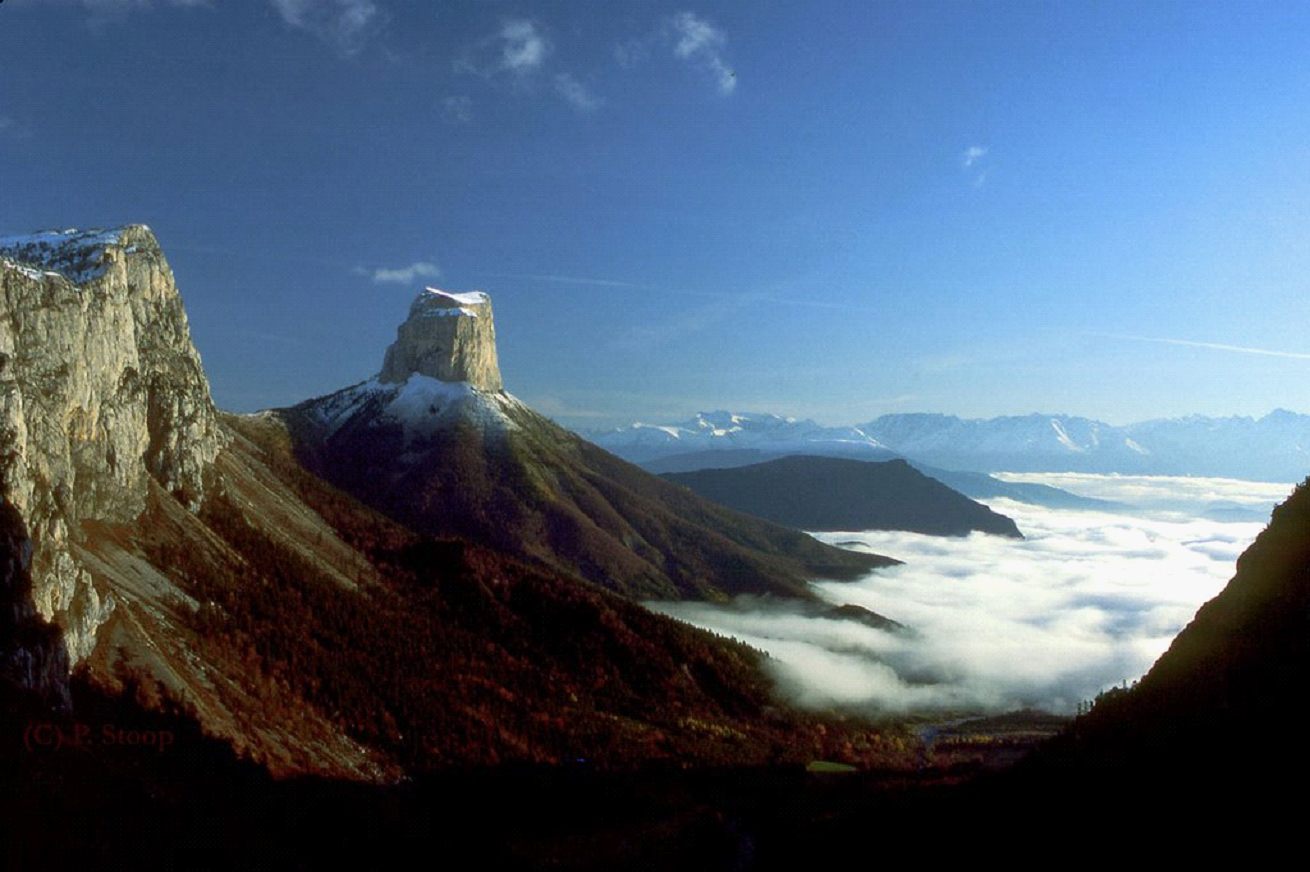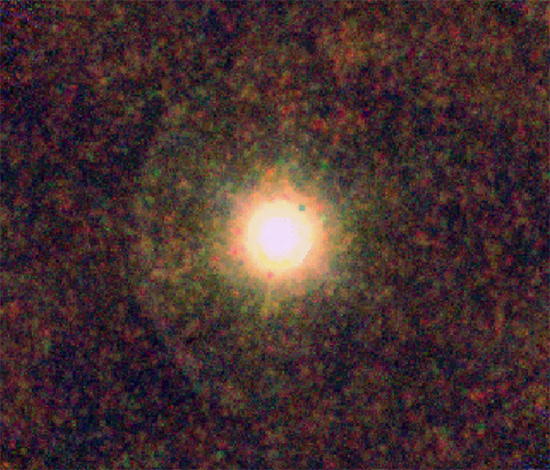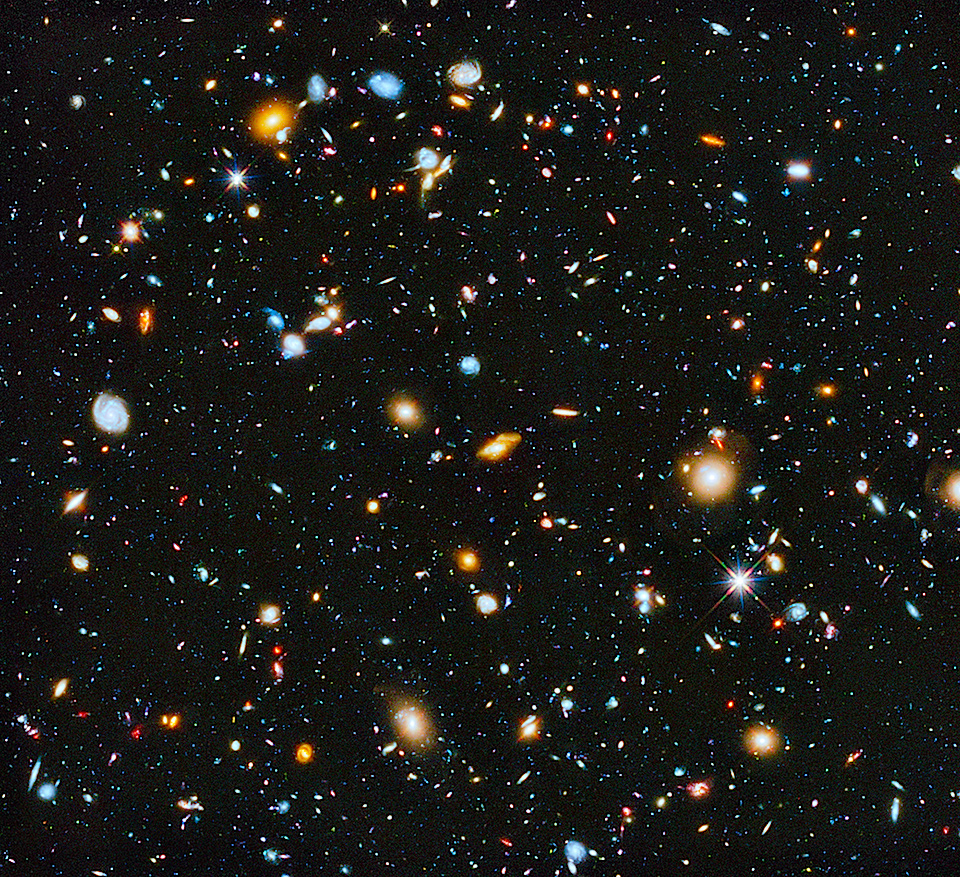I’m Singeing in the Rain
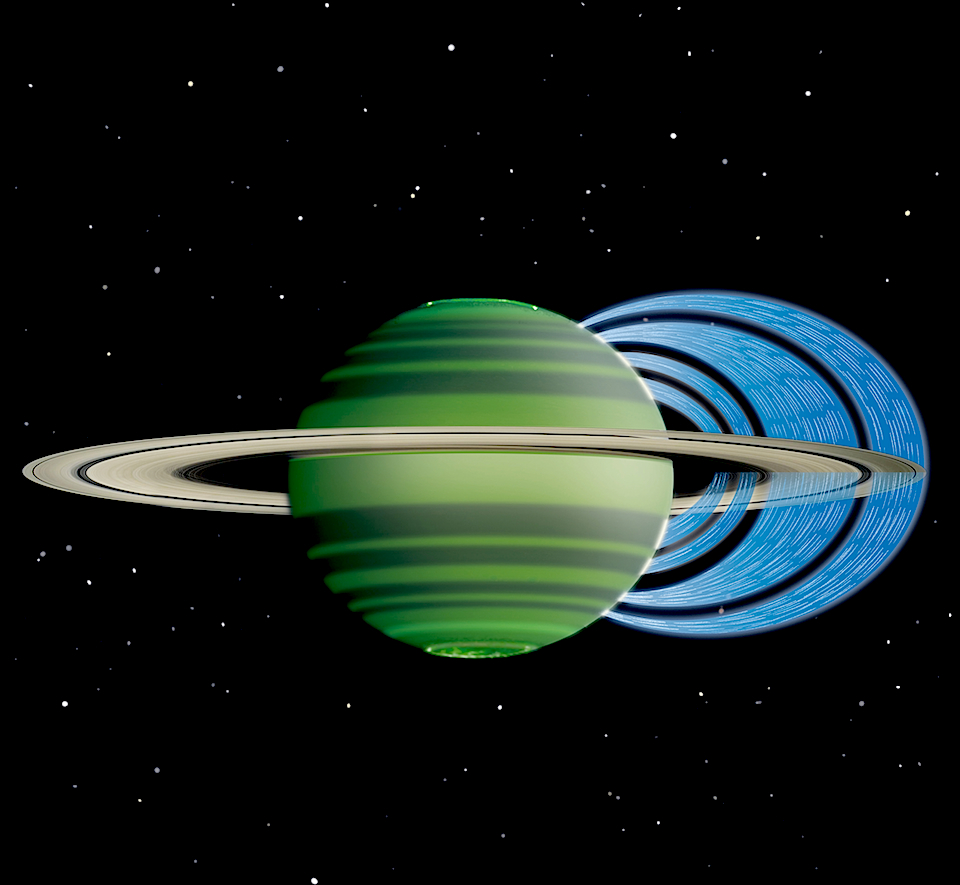
Original Post October 7, 2014 Ionic rain from Saturn’s rings. Saturn’s plasmasphere is an electrical environment, causing everything from dark-mode plasma discharges to lightning bolts that flash across the ring plane. When Cassini entered orbit around the giant planet, mission specialists were shocked to discover lightning of immense power, up to a million times more powerful…





